Ever notice how catwalks used to look like endless cloned faces, all cast in the same mold? Flip through a fashion magazine from 2005 and it’s as if everyone’s auditioning for the same role—tall, thin, Eurocentric. Fast forward to 2025 and it’s a whole new world. The runways of Paris, New York, and Milan just burst with people you actually want to hang out with: from tattooed rebels and hijab-wearing icons, to bodies that break every old stereotype. Behind these boundary-pushing campaigns are models who aren't just wearing designer clothes—they're shattering the template and wearing their identities on their sleeves. The fashion universe loves to congratulate itself for every inch of progress, but it’s not just about who gets the front row at fashion week. It’s about stories, sweat, and—sometimes—straight up rebellion. These are the new faces showing the world that ‘model’ isn’t a one-size-fits-all word anymore.
The Evolution of Diversity: Breaking the Mold
How did we get here? For decades, the fashion industry built an almost impenetrable fortress: tall, size-zero, mostly white, young, able-bodied. The unofficial model "requirements" led to stifling uniformity, when the world was anything but. There were whispers of change (like when Naomi Campbell made headlines just for being a Black model in the ‘90s), but progress felt glacial. Then came a brewing storm—Instagram. Social media handed models a megaphone. Suddenly, a viral post could launch a career faster than a Chanel scout at Paris Fashion Week. Adut Akech, who came to Australia as a refugee from South Sudan, snapped up "Model of the Year" titles and splashed into the biggest campaigns, showing how deeply personal stories stick in people’s imaginations. Diversity in fashion stopped being a trendy afterthought and became an expectation.
Alejandra Ghersi (known as Arca) caused commotion not just for bold music but for defying gender presentation on the runway. Tess McMillan, with her rails of red hair and unmistakable curves, tackled the last ‘off limits’ zone—the plus size taboo—head-on. Halima Aden strutted her hijab in Vogue and Sports Illustrated, proving the idea that models must shed their culture for a shot at the top was never more than an invention. Then you have Aaron Philip, the first Black, transgender, and physically disabled model signed by Elite Model Management and popping up everywhere from Moschino to UGG, forever altering ideas of what’s possible.
On the business side, agencies made the first cautious attempts: Wilhelmina and IMG Models both rolled out "curve" and "diversity" boards in the late 2010s. By 2025, it’s no longer good PR—it’s a necessity. Designers like Alessandro Michele at Gucci cast drag queens and men in traditionally "female" roles, and Rihanna’s Savage X Fenty blasts the ceiling off inclusivity with models of every shape, race, age, and background, even inviting folks who had never modeled to join the party. This is not just about hit campaigns or viral moments; it’s about rewriting the very structure of what sorts of people get seen, celebrated, and paid. Try to find a Fashion Week schedule without at least a few gender-nonconforming or plus-size models. Good luck. You’ll be looking a while.
Digital spaces sharpened the hunger for authenticity. Gen Z (and those coming after) aren’t wowed by impossibly polished perfection. They crave representation. According to a 2024 survey from The Fashion Spot, over 61% of buyers said they’re more likely to shop from brands that showcase models who look like them. Even traditionally conservative luxury brands, like Chanel and Versace, now scout models off TikTok and prioritize lived experience just as much as a "classic" look. Being different is valuable currency.
But this fight for real change wasn’t just waged online. The 2020s saw models organizing for contract fairness, anti-racism clauses, and mental health protection. Big-name faces like Paloma Elsesser and Jillian Mercado didn’t shy away from calling out industry hypocrisy, posting screenshots of offensive emails and pay gaps. These grassroots movements weren't just about who got to walk a particular show, but whether their job comes with respect and decency. If someone tells you fashion hasn’t changed, ask them when they last flipped through a major lookbook. The difference isn’t subtle. It's everywhere.
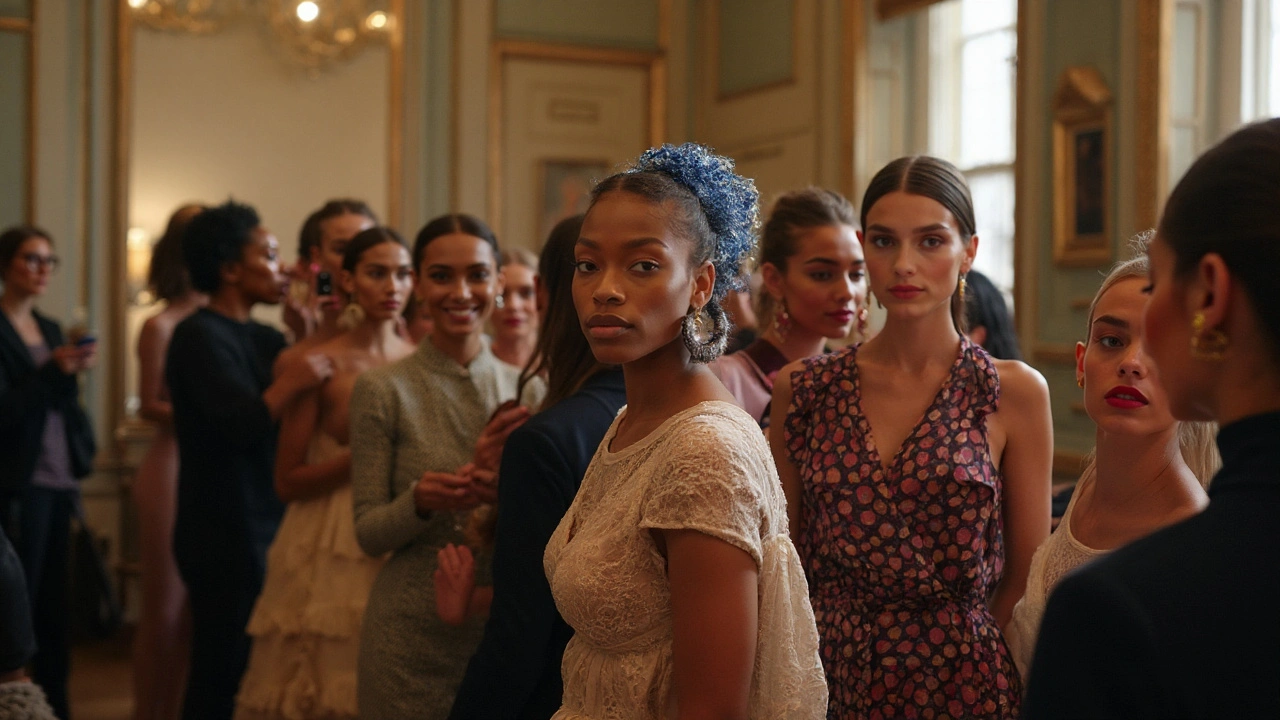
Trailblazing Top Models: Who’s Leading the Charge?
If you want the pulse of where fashion stands right now, look at who brands are banking entire campaigns on. In 2025, you’ll see trailblazers like Precious Lee, whose powerful presence landed her fronting Versace while opening up about race, body positivity, and mental health in every interview. Leon Dame, famous for his almost punkish runway strut at Margiela, completely rewrote the ‘male model’ rulebook. Alva Claire, a British-Ghanaian curve model, turned her viral turn for Savage X Fenty into steady bookings for the likes of Alexander McQueen and French Vogue. It’s not luck—each of these models talks openly about how difference is an asset, not a barrier.
Older models are finally getting screen time. Remember Maye Musk, Elon’s mum, booking her fifth L’Oréal campaign at 76? Or Carmen Dell’Orefice, still rocking couture shoots in her nineties? Newcomers like Winnie Harlow, who proudly shows off her vitiligo, are transforming skin conditions from a ‘problem to fix’ to mainstream beauty goals. Aaron Rose Philip consistently lands covers, showing wheelchairs don't put a ceiling on high fashion appeal.
What strikes you most meeting these models is how their influence goes miles beyond the runway. Adwoa Aboah’s "Gurls Talk" initiative builds communities around mental health for women and LGBTQ+ youth. Adut Akech talks regularly about her experiences in refugee camps, prompting charity partnerships and direct calls for brands to support similar causes. People might follow them for the style, but they stick around for the authenticity and activism.
Trans visibility is at a record high. Models like Valentina Sampaio, the first openly transgender Victoria’s Secret Angel and Sports Illustrated model, use their platforms to fight anti-trans discrimination worldwide. Munroe Bergdorf, a British model and activist, isn’t just posing—she’s helping major brands like L’Oréal UK update their diversity and inclusion training. Meanwhile, Raine Spencer (the favorite of Richard Quinn’s 2024 and 2025 shows) brings Down Syndrome visibility center stage in haute couture, breaking one of fashion's oldest and harshest taboos.
Even language is changing. Models proudly define themselves with terms that suit them, opening space for new conversations—ask Aaron Philip about "crip wisdom" or Léa T about navigating fashion as a trans Latina woman. Social media makes it impossible for brands to fudge their commitment; fans and critics alike will call out whoever tries to fake it. Fashion isn’t just reflecting the street anymore—it’s letting the street walk right into the front row.

How Diversity is Reshaping the Industry: From Catwalks to Campaigns
So does all this actually move the needle on how the industry works? Absolutely. Brands that ignored calls for diversity now chase it, and the money follows. Take Fenty. Rihanna’s radical inclusivity (size, race, gender, and age) forced Victoria’s Secret to abandon a decades-old show format. The numbers tell the real story—Savage X Fenty’s sales shot up 39% after just one inclusively cast campaign, and the brand saw its social engagement double in a single quarter. Diversity isn’t about ticking checkboxes. It’s a strategy that brings brands closer to people’s real lives.
For aspiring models, the landscape is open in ways it never was. Signing with top agencies no longer means fitting a cookie-cutter mold. Do you have a birthmark across your face like model Winnie Harlow? Brands will embrace it. Wear a hijab and love alternative music, like Mariah Idrissi? There’s a runway for you. Wheelchair user? See Aaron Philip. Love tattoos and piercings? Check out Ellia Sophia, a breakout from Manchester who turned her "alternative look" into collaborations with mainstream labels like Burberry and Off-White.
If you’re dreaming of breaking in, start building a digital presence and community around what makes you unique. Agencies and brands scout from Instagram and TikTok as much as any casting call. Don’t be afraid to champion your quirks, whether it’s wearing traditional dress, showing off scars, or sharing a journey through mental health. Fashion, finally, rewards individuality.
But staying power is more than likes and hashtags. The industry hunts for personalities: people who speak out, who connect, who care. Take time to dig into your own story—what’s special about how you grew up, how you see culture, what pushes you to keep going? Models who last are the ones who see their job as a platform. If you’re serious about entering this world, keep an eye on contract terms. The Model Alliance and British Fashion Council publish checklists to protect workers’ rights. Don’t sign anything that makes you erase your identity just to fit.
For those watching fashion from the outside, you can champion diversity with your wallet. Notice which brands spotlight disabled models, trans folks, or people of every size and age—and stick with them. Make a fuss when beauty standards sneak back toward sameness. Trends swing fast, but real changes root in daily choices. My top tip? Seek out up-and-coming designers drawing on their family or heritage—names like Priya Ahluwalia or Bianca Saunders are bringing stories from London council flats and Nigerian workshops into the pages of Vogue and GQ.
The new generation of models proves you don’t have to look a certain way to belong in the brightest spotlight. In 2025, diversity isn’t a buzzword anymore—it’s the face staring back from every corner of fashion, making room for anyone bold enough to be seen. Those stories are just getting started, and if you’re reading this? You’re already watching the runway transform, one model at a time.

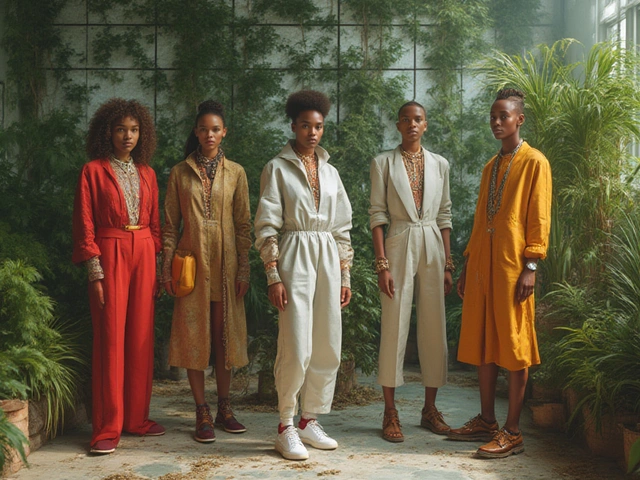
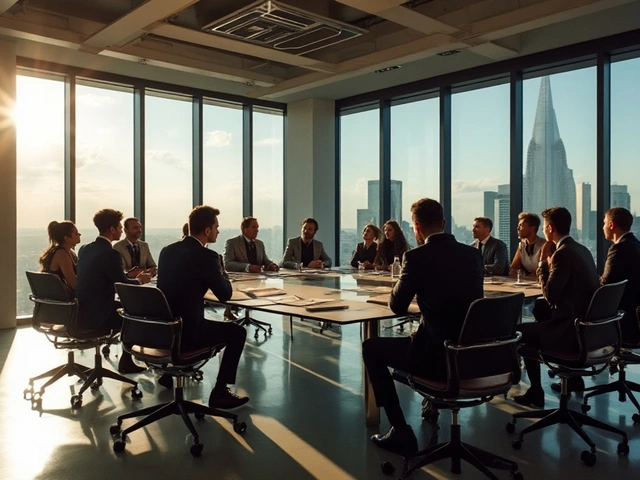
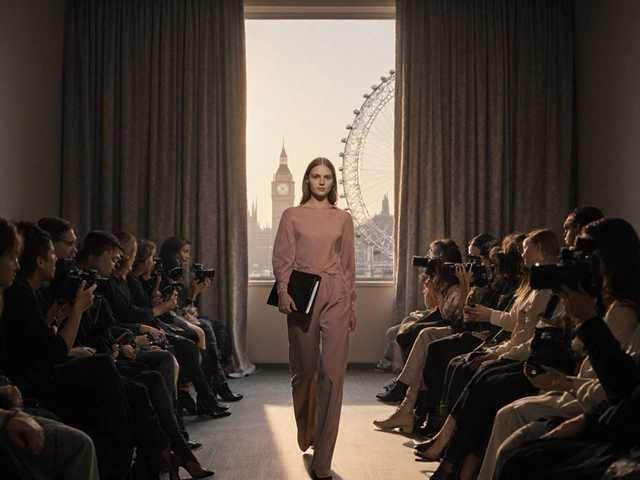
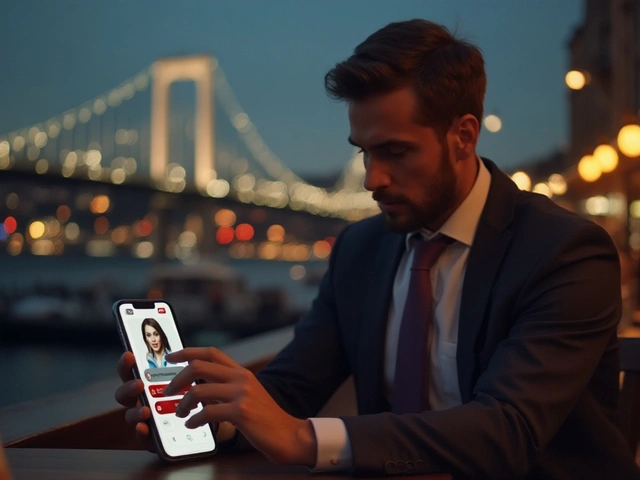
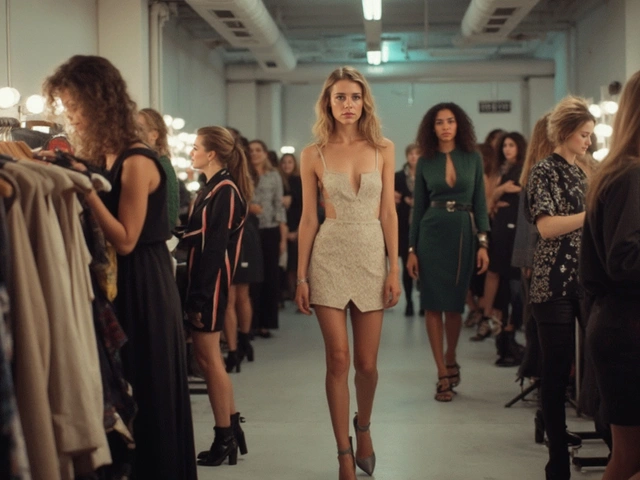
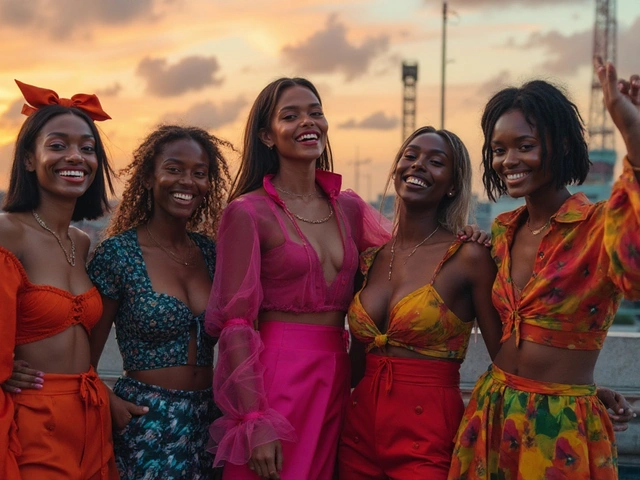
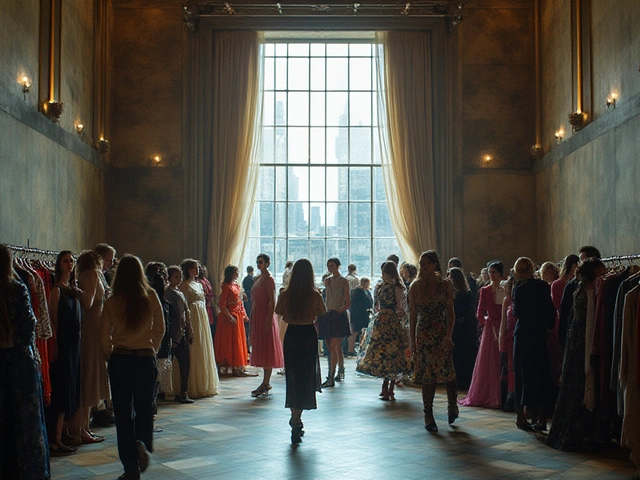
August 8, 2025 AT 19:27
Hannah Ronquillo
This post really highlights how much the fashion industry has shifted towards inclusivity, which is super exciting! It’s so important that models who previously might have been overlooked are now shaping global trends and inspiring diverse audiences. I think the real power here is not just about appearance but the stories these models bring—showing representation in a truly authentic way.
We’re seeing a breakthrough where individuality and cultural richness are celebrated rather than erased. This means a new generation of fashion lovers is growing up with a wider lens on beauty, which ultimately benefits everyone. I hope the article also touches on the challenges these models have faced and how their persistence has pushed the industry forward.
Thanks for sharing this, it’s an uplifting reminder that change is possible when voices and faces from all walks of life are given visibility. More powerful stories like these need to be told!
August 13, 2025 AT 19:27
Tim Paradis
Honestly, the concept of diversity in fashion feels overhyped sometimes. Models are just faces for brands; the industry follows trends, not necessarily cultural shifts. Sure, it’s nice to see some variety, but does it really shake the system? I doubt these changes affect anything deeper than surface-level marketing strategies.
Besides, beauty standards evolve naturally anyway, so it’s not like certain groups were deliberately excluded forever. The hype about “breaking barriers” often feels like PR fluff. If the post analyzed actual data on brand inclusivity or sales impact, that’d be worth discussing. But as is, it’s just feel-good stuff with limited real impact, in my view.
August 14, 2025 AT 09:20
Matt Ferry
Okay, here’s a contrarian take just for kicks: diversity in fashion is less revolutionary than it seems. Brands showcasing diverse models is mostly a trend to cash in on social awareness. It’s not always genuine equality or empowerment—just business playing the current market game.
Sure, these models are influential faces, but how often do they get real control or a say beyond the runway? And does the industry deal with deeper diversity like access to opportunities behind the scenes or pay equity? That’s where real change matters. But hey, good for the models getting their moment, nonetheless.
Not saying it’s meaningless, just don’t get too starry-eyed about surface-level progress.
August 14, 2025 AT 23:14
Richard Reyes
Good day to all. While I appreciate the enthusiasm surrounding this topic, I must emphasize the importance of maintaining a respectful and comprehensive view of what diversity truly encompasses in fashion.
It warms the heart to see models of varied backgrounds celebrated, yet it remains essential that diversity be more than a mere tokenistic gesture. The industry should continue fostering inclusivity not only in model selection but also in leadership roles, design teams, and decision-making positions.
Additionally, the impact on younger generations cannot be overstated; representation breeds confidence and encourages creativity among aspiring talents. Let us commend these trailblazers while holding the industry accountable for continued, substantive progress.
One wonders how these faces will influence fashion beyond 2025 and into the future.
😊August 16, 2025 AT 03:00
Leanne McNally
oh great, another article pretending fashion suddenly discovered diversity in 2025 lol. seriously ppl, it’s fashion - superficial and performative by design.
the idea that some models somehow "redefine" trends is usually just industry hype created by marketers who want us hooked. the reality? it’s a razor-thin slice of what actually counts as progress.
yet, gotta admit, at least these faces break some boring monotony. but don’t for a second think the power dynamics behind the scenes are changing. the whole thing’s just a glam parade with some barely noticeable tweaks.
still, gotta respect anyone hustling to open doors for others, even if the system’s mostly playing along for now.
August 17, 2025 AT 06:47
Kristin Kuchenbecker
What an inspiring read! The way these models are not only redefining beauty but also impacting societal perceptions is truly fascinating!!! Every step forward, no matter how small, chips away at outdated ideals and opens our minds to new possibilities.
I particularly appreciate the emphasis on how representation fuels hope and empowerment. Fashion has always been a mirror to culture, and now it’s reflecting a richer, more diverse world.
Let’s keep celebrating these trailblazers while pushing the boundaries even further. After all, progress is a journey, not a destination!!!
So excited to see where this goes next!!!
August 18, 2025 AT 10:34
Tony Giny
Love this! Bringing diversity to the runway is crucial for any culture to evolve fashion’s true meaning. It creates a global dialogue about identity and beauty standards.
These models are not just faces, they are cultural ambassadors, showing that fashion belongs to everyone. This inspires all kinds of creativity and cultural appreciation among audiences and designers alike.
August 19, 2025 AT 14:20
rohit patel
Just say it, fashion always uses diversity as a trend, nothing really new here. Models come and go but industry power never changes. Diversity in fashion is just marketing strategy to attract more customers.
They talk 'breaking barriers' but brands only pick safe options. Real change means equal roles everywhere, not just front of camera. Until then, this is just hype with no real effect.
August 20, 2025 AT 18:07
martha urquizu
While I understand the enthusiasm, we must remain vigilant about the genuine intentions behind diversity narratives in fashion. Not every portrayal of inclusivity comes from a place of sincere commitment.
Often, superficial celebrations of diversity mask deeper structural inequalities. It is critical to question whether these efforts address systemic issues or simply appease audiences.
Moreover, the industry's history of exploitative practices cannot be ignored. True progress requires transparency, accountability, and equity beyond aesthetics.
Let us hope 2025 marks a turning point and not just a fleeting moment of performative gestures.
August 21, 2025 AT 21:54
william de simone
This article raises some interesting points on the evolving face of fashion. However, I'd like to see more data or examples illustrating how these models have directly influenced the industry beyond appearances.
Are brands changing policies? Have market demographics shifted due to this diversity? What about the accessibility of opportunities behind the scenes?
Candid insights would help evaluate if this movement is truly transformational or primarily symbolic.